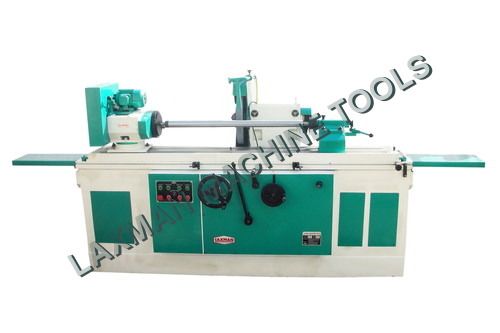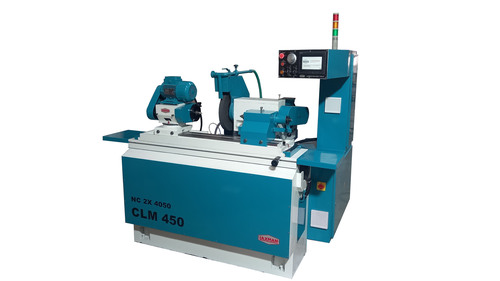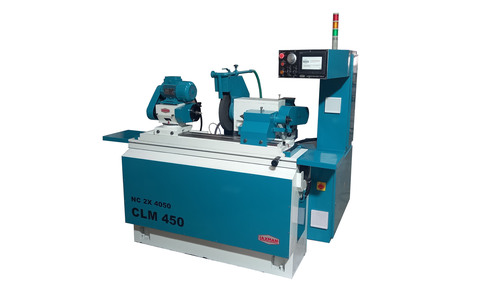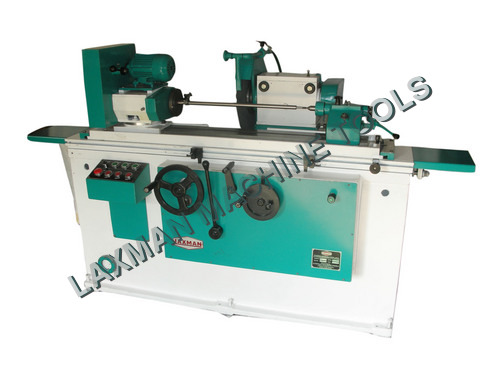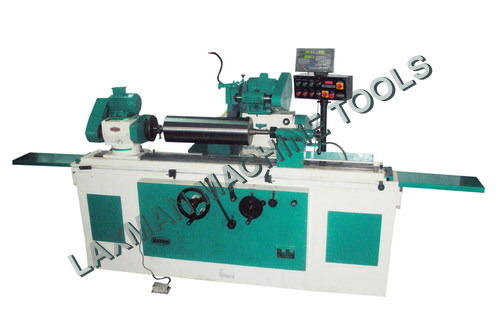Cylindrical Grinder
Product Details:
Cylindrical Grinder Price And Quantity
- 900000 INR/Unit
- 1 Unit
Cylindrical Grinder Trade Information
- Asia Australia Central America North America South America Eastern Europe Western Europe Middle East Africa
- All India
Product Description
A specialised machine tool used to grind the exterior surfaces of cylindrical workpieces is referred to as a cylindrical grinder or cylindrical grinding machine. It is intended to grind cylindrical workpieces' outer diameters (OD) in order to produce accurate dimensions, surface finishes, and shapes.
Following are some essential characteristics and details of cylindrical grinders:
1. Operation: To remove material from the outside surfaces of cylindrical workpieces, cylindrical grinders employ a grinding wheel or an abrasive belt. Typically, the workpiece is rotated while being held in a chuck or positioned between centres.
2. High degrees of precision and accuracy can be attained with cylindrical grinders, which are well recognised for this. They are able to precisely grind the outside of workpieces to ensure that the desired dimensions and surface finish are met.
3. Machine configurations: There are manual, semi-automatic, and fully automatic cylindrical grinder machines available. They can be operated manually by knowledgeable people or made easier to use by incorporating automation technology.
4. Applications for Cylindrical Grinding: Cylindrical workpieces such shafts, rods, spindles, cylinders, and other components are frequently ground with cylindrical grinders in a variety of industries. They are frequently employed in sectors like industrial, precision engineering, automotive, and aerospace.
5. In order to achieve the desired grinding results, it is essential to use the right grinding wheel or abrasive belt. Depending on the material being ground, the desired surface finish, and the preferred grinding method (such as plunge grinding or traverse grinding), various abrasive materials, grit sizes, and bonding agents are utilised.
6. Some cylindrical grinders are capable of carrying out specialised grinding operations such internal grinding, thread grinding, and form grinding. These procedures enable the creation of intricate shapes and particular surface treatments.
In precision machining procedures that call for the grinding of cylindrical surfaces, cylindrical grinders are adaptable instruments. They provide accuracy, adaptability, and the capacity to produce precise surface finishes and tight tolerances. Depending on the manufacturer and model, a cylindrical grinder's exact characteristics and abilities may change.
FAQ
1. Which cylindrical grinder kinds are most prevalent?
Ans - The three most popular varieties of cylindrical grinders are centerless, universal, and plain cylindrical grinders.
2. What kinds of substances can a cylindrical grinder grind?
Ans - Numerous materials, including ferrous and non-ferrous metals, polymers, and wood, can be ground with a cylindrical grinder.
3. What tasks may a cylindrical grinder carry out?
Ans - A cylindrical grinder is capable of performing a number of tasks, including grinding, grooving, cutting, and radius grinding.
4. How should a workpiece be put on a cylindrical grinder for grinding?
Ans - On the workhead of the grinder, the workpiece must be firmly placed. A constant rest or centerless steady rest should be used for accurate grinding.
5. Do you need coolant while using a cylindrical grinder?
Ans - When using a cylindrical grinder, coolant is usually necessary. This lessens wheel wear, keeps the grinding surface cool, and enhances grinding efficiency.

Price:
- 50
- 100
- 200
- 250
- 500
- 1000+
Other Products in 'Cylindrical Grinder' category
 |
LAXMAN MACHINE TOOLS
All Rights Reserved.(Terms of Use) Developed and Managed by Infocom Network Private Limited. |

 Send Inquiry
Send Inquiry